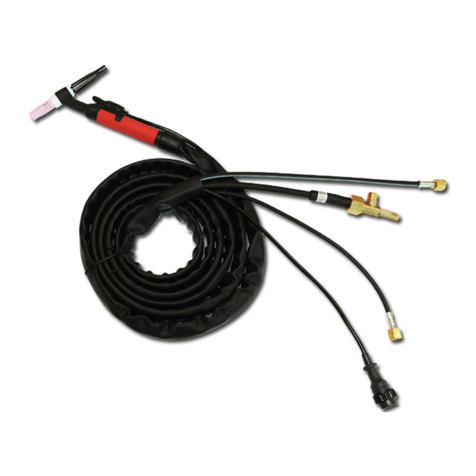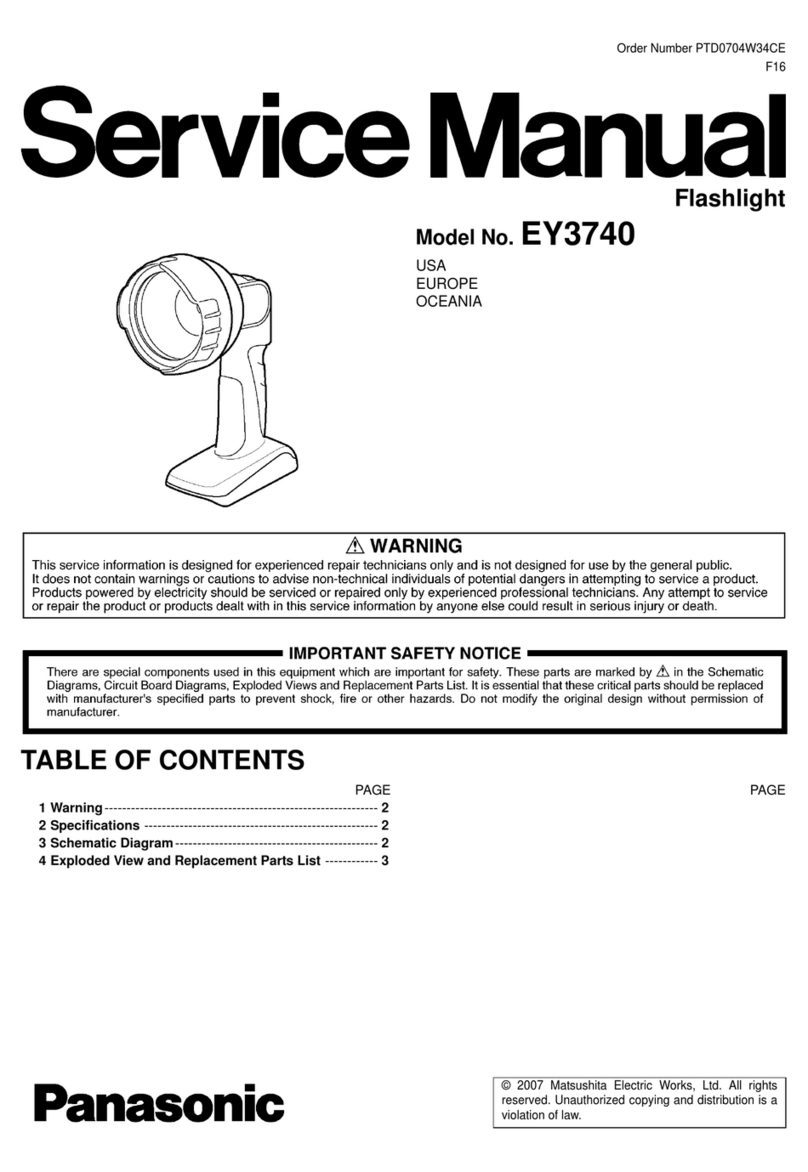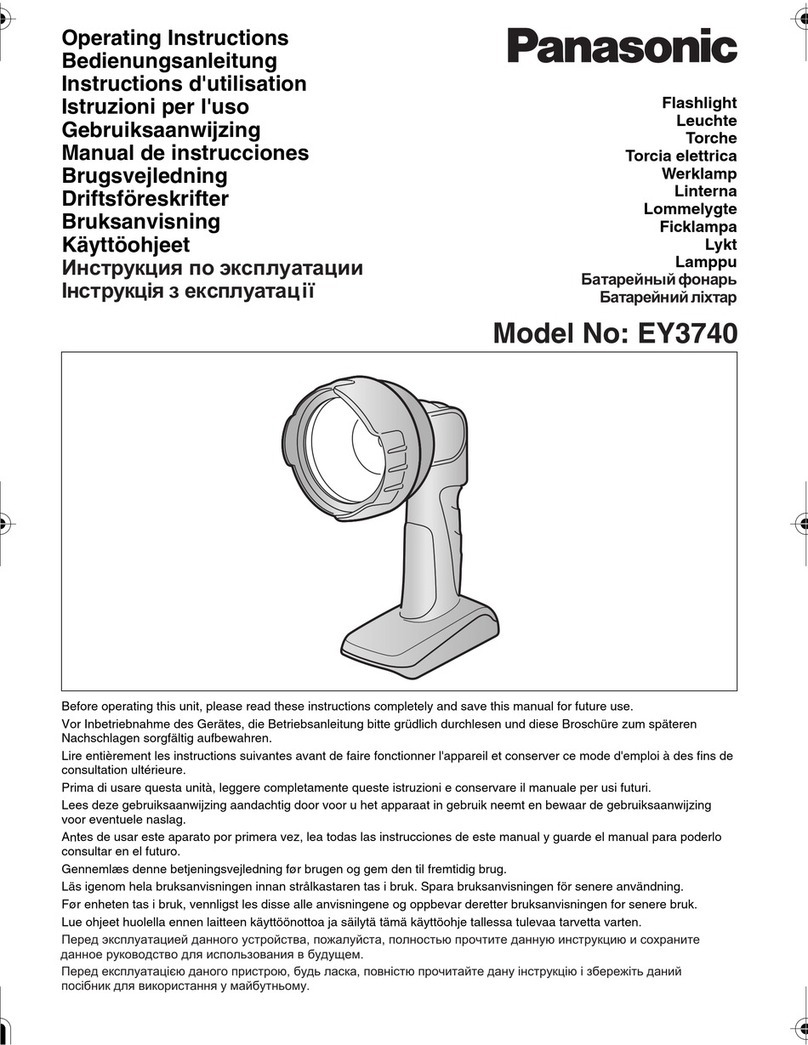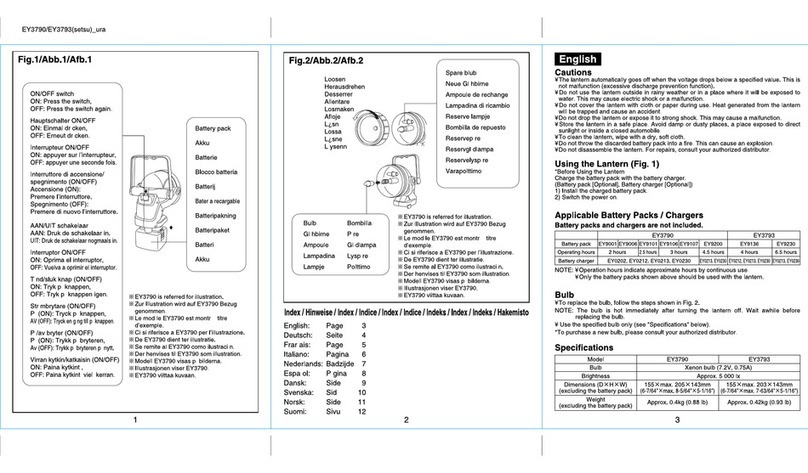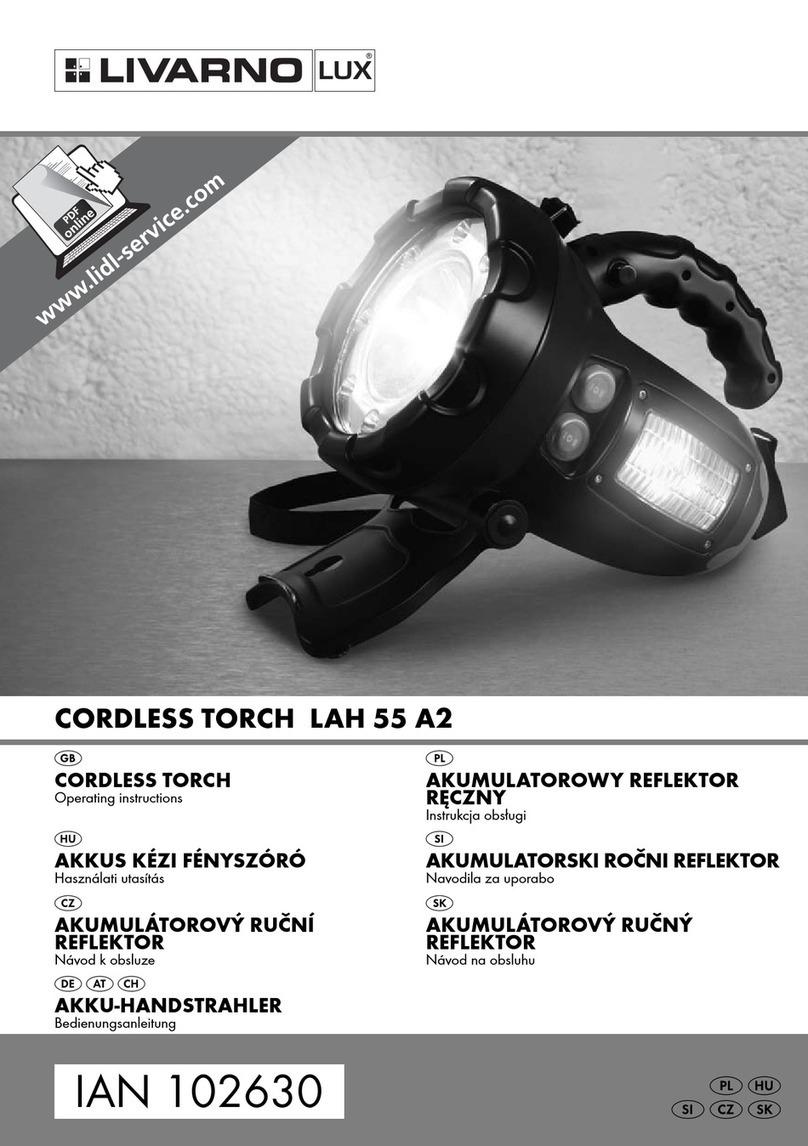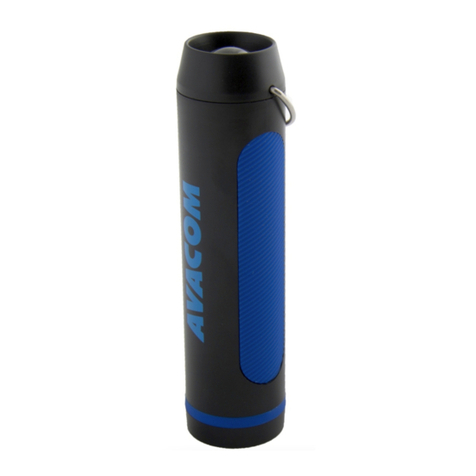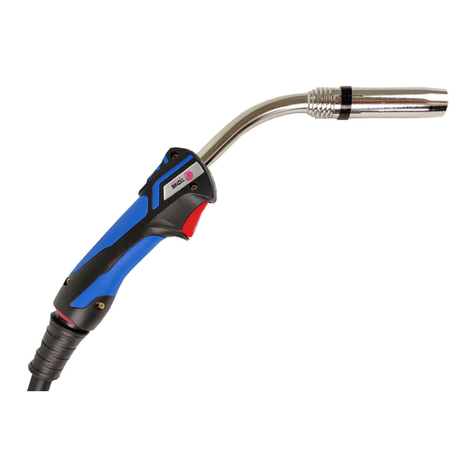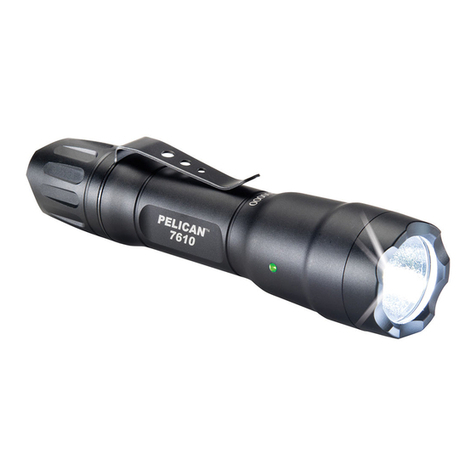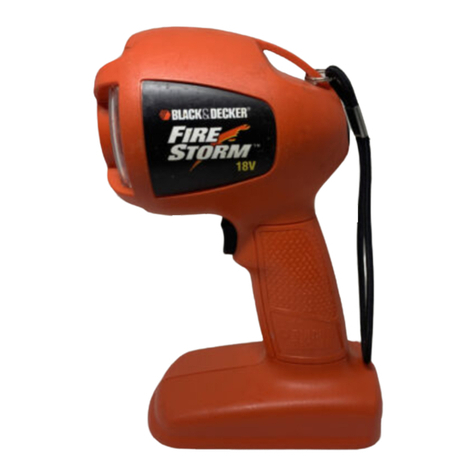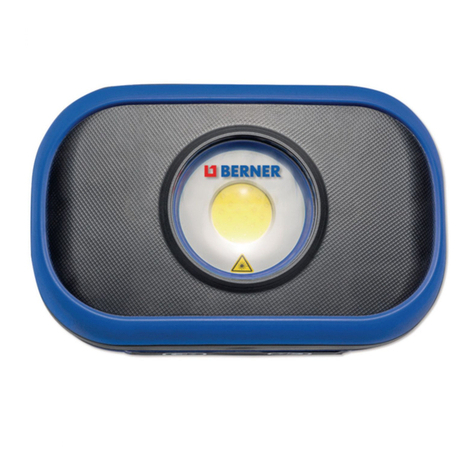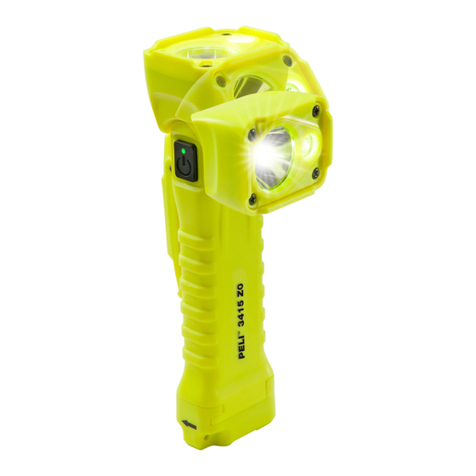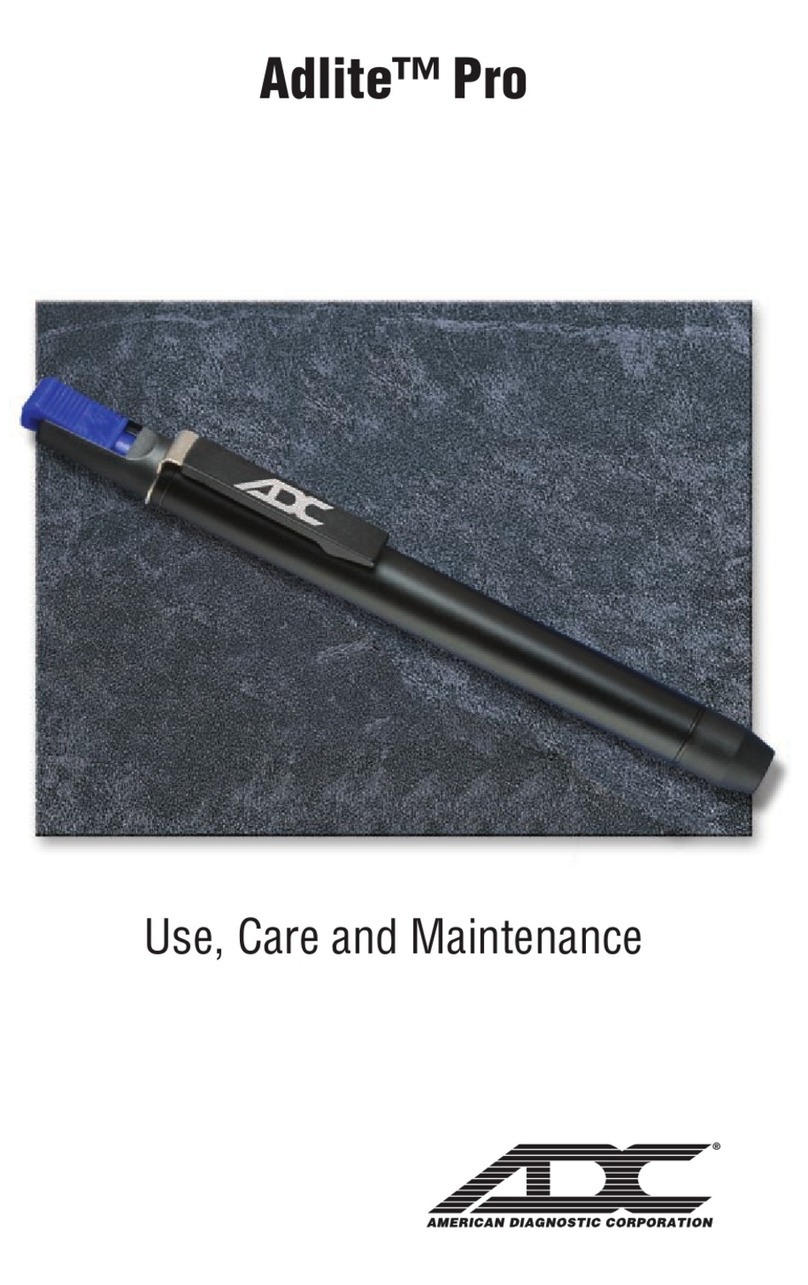Panasonic FL360 - DMW - Hot-shoe clip-on Flash User manual
Other Panasonic Flashlight manuals

Panasonic
Panasonic FL500 - DMW - Hot-shoe clip-on Flash User manual
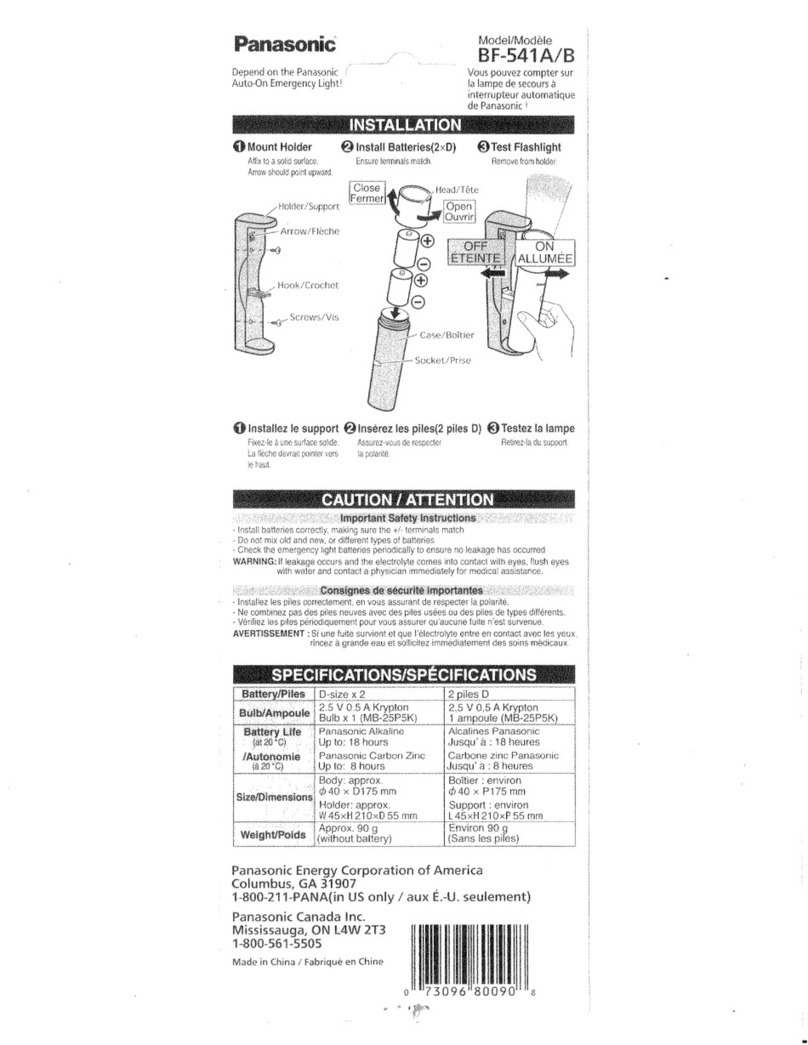
Panasonic
Panasonic BF-541A/K User manual
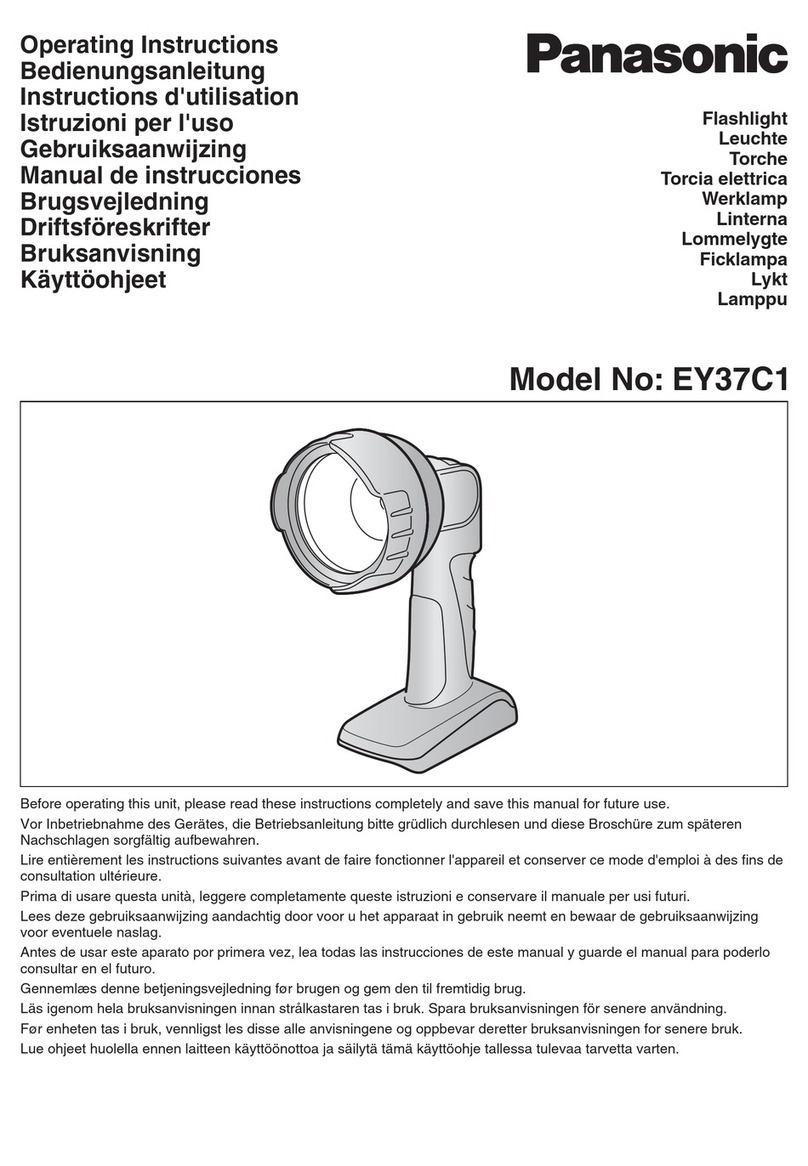
Panasonic
Panasonic EY37C1 User manual

Panasonic
Panasonic EY3760 User manual
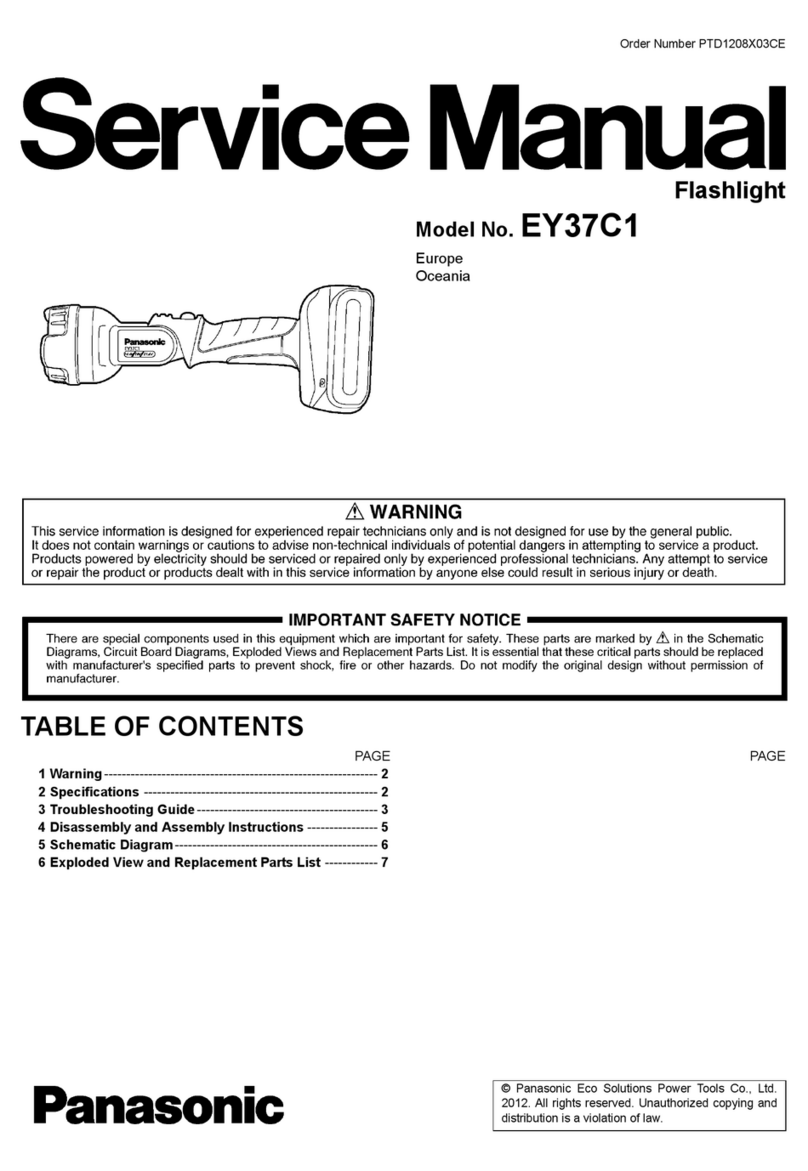
Panasonic
Panasonic EY37C1 User manual

Panasonic
Panasonic EY3796-U1 User manual
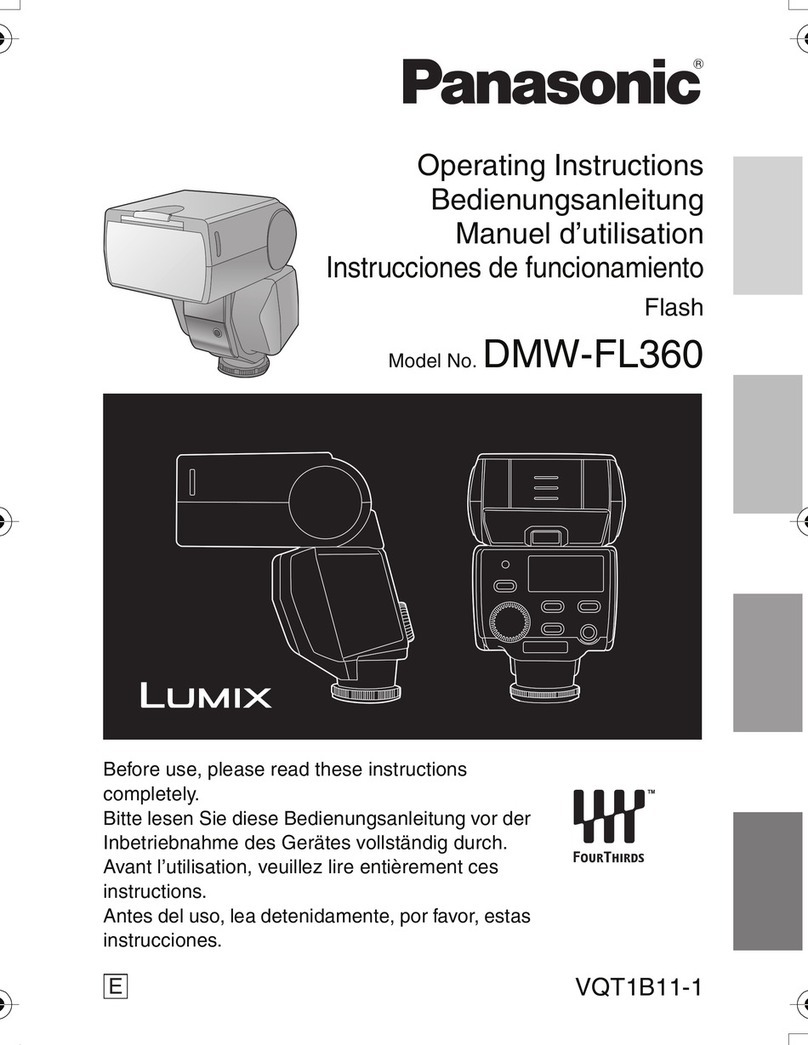
Panasonic
Panasonic FL360 - DMW - Hot-shoe clip-on Flash User manual
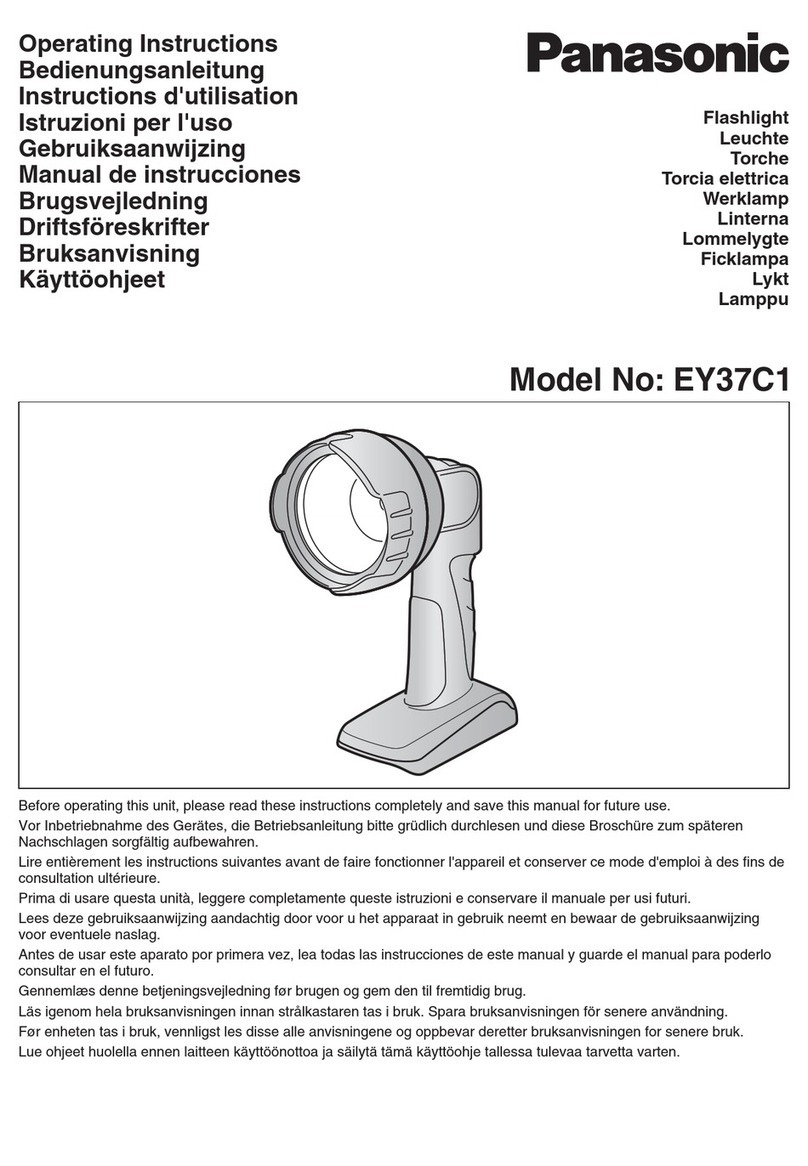
Panasonic
Panasonic EY37C1B57 User manual

Panasonic
Panasonic EY37C4 User manual
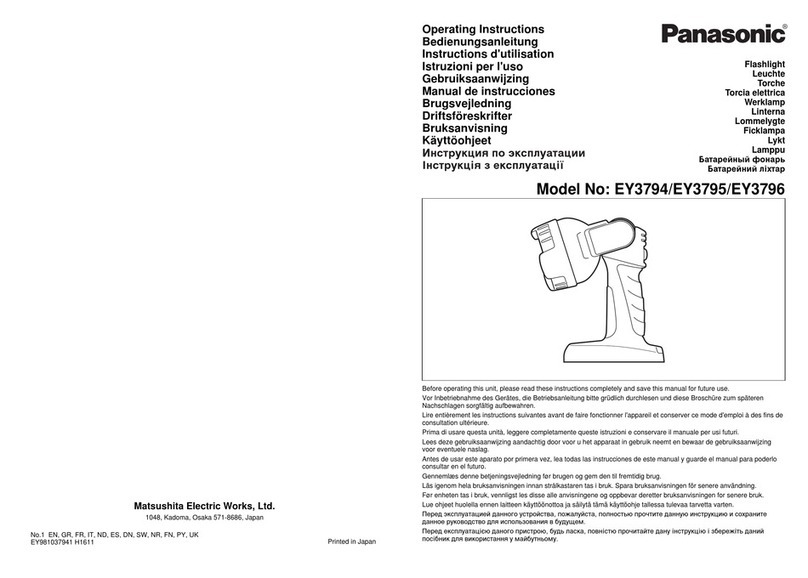
Panasonic
Panasonic EY3795B User manual
Popular Flashlight manuals by other brands
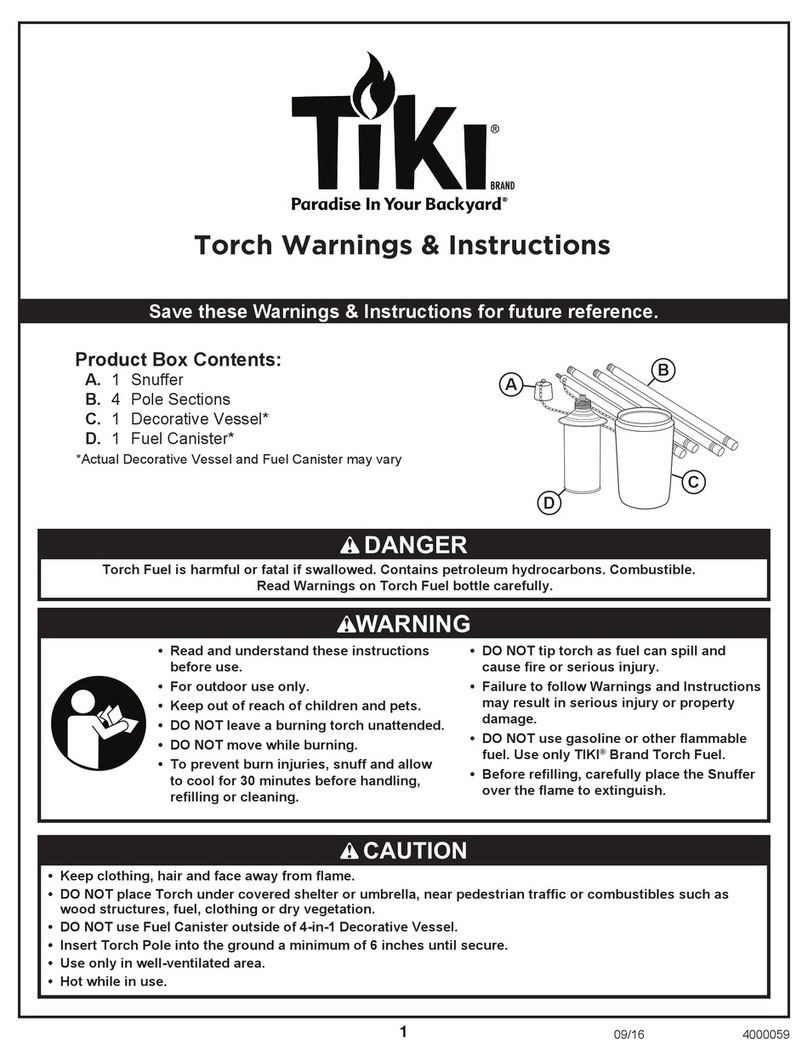
tiki
tiki Cabos Warnings and Instructions

Fervi
Fervi 0338 Operation and maintenance manual

Milwaukee
Milwaukee M18 IL Original instructions
Spectronics
Spectronics Spectroline LeakTracker SPI-LT instruction manual
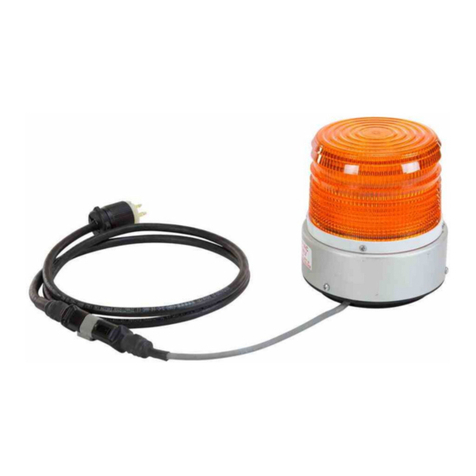
Larson Electronics
Larson Electronics SLEDB-110V-M instruction manual

vulta
vulta hurricane 262 lumen fg-e15 user manual
